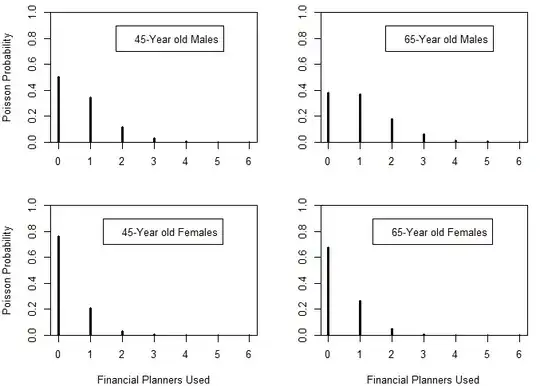I’m new to statistics but I’m performing a systematic review into exercise and alcohol intake.
One of the papers uses a zero inflated count regression model to report the alcohol consumption per day.
Is there a way to convert this back to frequency counts?? Does it make sense to do so since a model is technically not the actual values?
The article: Results of interest at table 2 and 3: https://www.ncbi.nlm.nih.gov/pmc/articles/PMC4648239/#!po=0.694444
